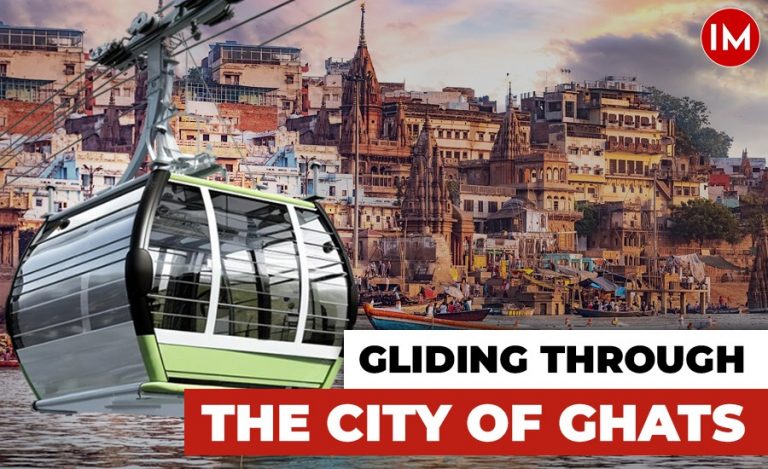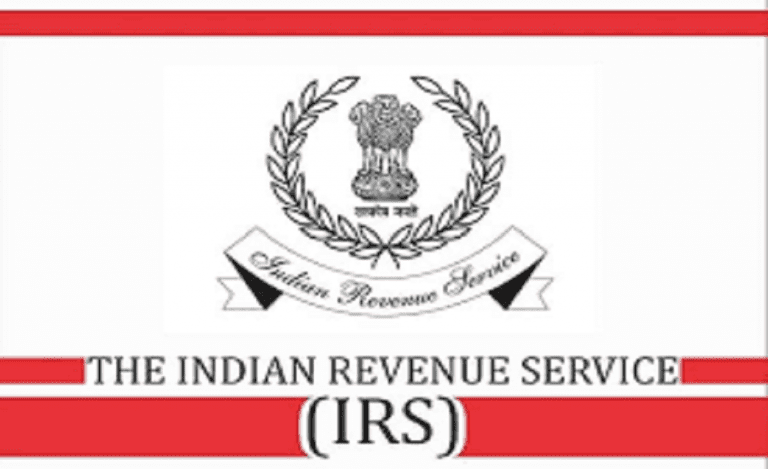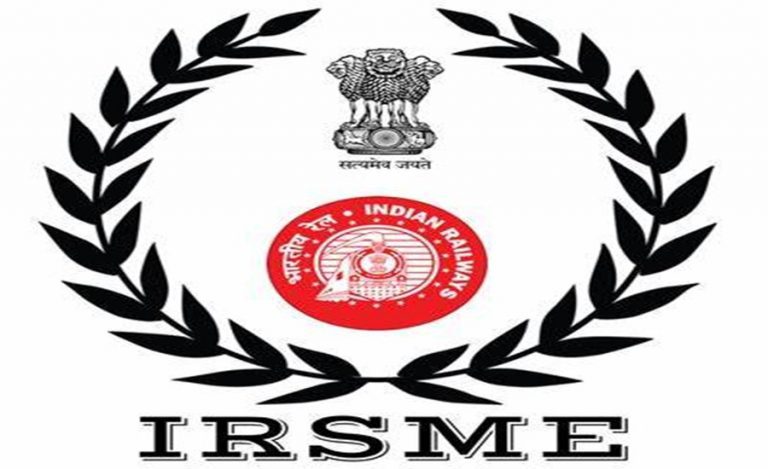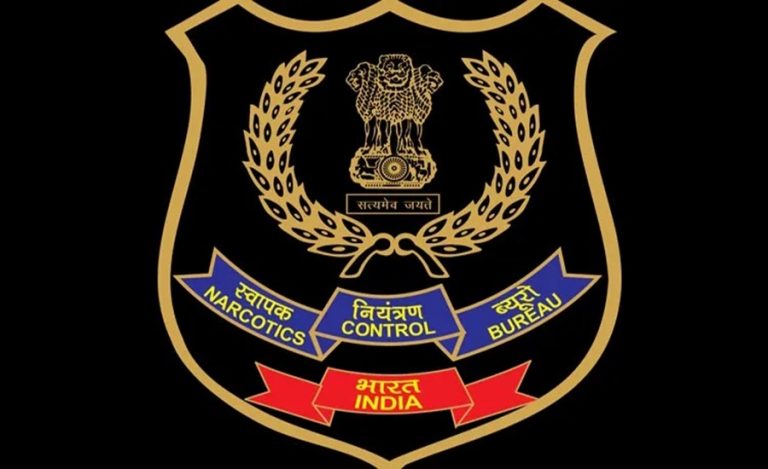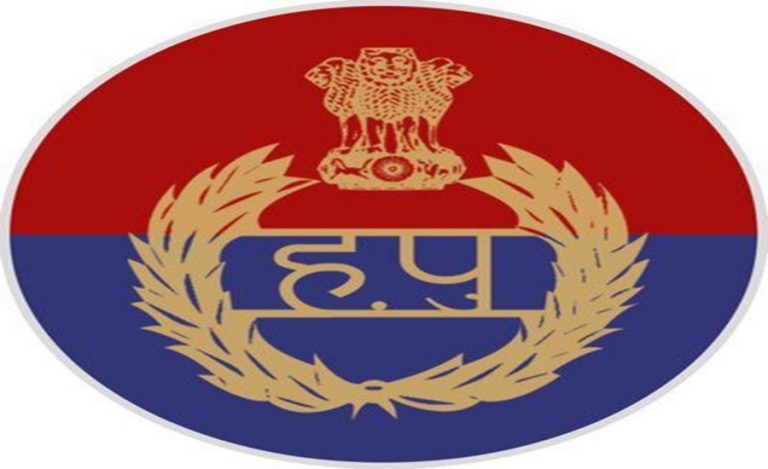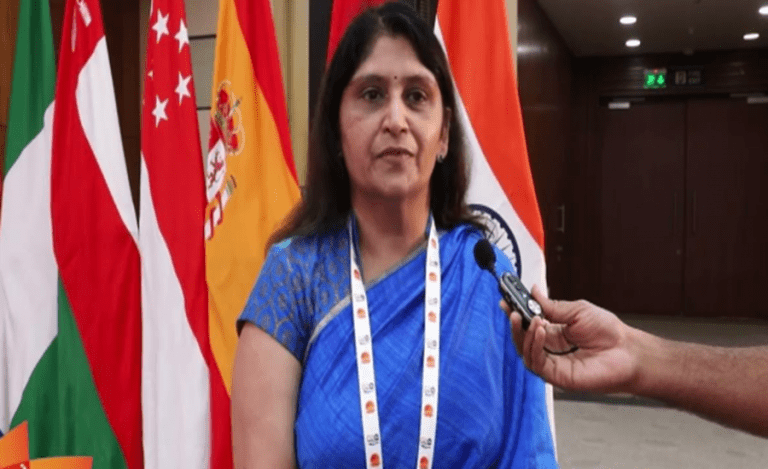‘Water’ is at the core of human survival on this planet. However, due to constant increase in the demand & decreasing ground water level, the world is facing severe water crisis. Many areas in our country are facing acute water crisis issue and Bihar is one of them.
Decline in ground water level is causing drinking water crisis in many areas of southern Bihar. According to the Central Ground Water Board records, ground water level near Chandchaura Chowk of the Gaya city decreased by 0.52 meters in the year 2019-20 while in Rajgir it went down by 5.06 meters in the last decade. That’s why all the rivers in these areas remain dry during the major part of the year.
Ensure availability of drinking water in Gaya, Bodh Gaya and Rajgir cities became a challenge for the government.
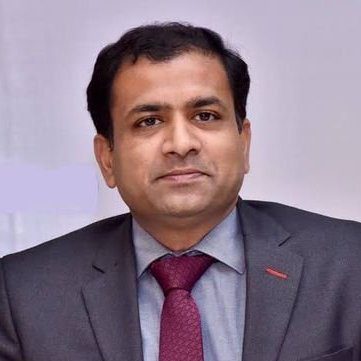
A plan which included utilizing the flood water of the Ganges to supply water in the water scarce regions of southern Bihar under the state government’s ‘Jal Jeevan Hariyali’ mission was proposedto solve the issue. Stature government’s Water Resources Department therefore, launched a scheme – Ganga Water Lift Scheme, later renamed as Ganga Jal Aapoorti Yojana, to make the plan a reality.
In an exclusive conversation with Indian Masterminds, Secretary, Water Resources Department Mr. Sanjay Kumar Agarwal talked about the project and how it has been implemented.
CONSTRUCTION TO TRANSPORTATION
Main challenge in this project was to store & lift the surplus water and distribute in the areas where it is needed. Under the project, water is lifted from Intake well-constructed at Hathidah, Mokama having NSL (Natural Surface Level) 43.65m and transported upto Manpur, Gaya where NSL is 114m.
“ The difference of level is around 70 meters. On the other hand carrying the water to around 150 km was also gigantic task but technology came handy. Along with Intake well, Pump House and Approach Channel at Maranchi with Diaphragm Wall Technology, three water treatment plants, Detention Tank (Storage capacity of 78500 cum ) and three water reservoirs have been constructed”, said IAS officer Mr. Agarwal.
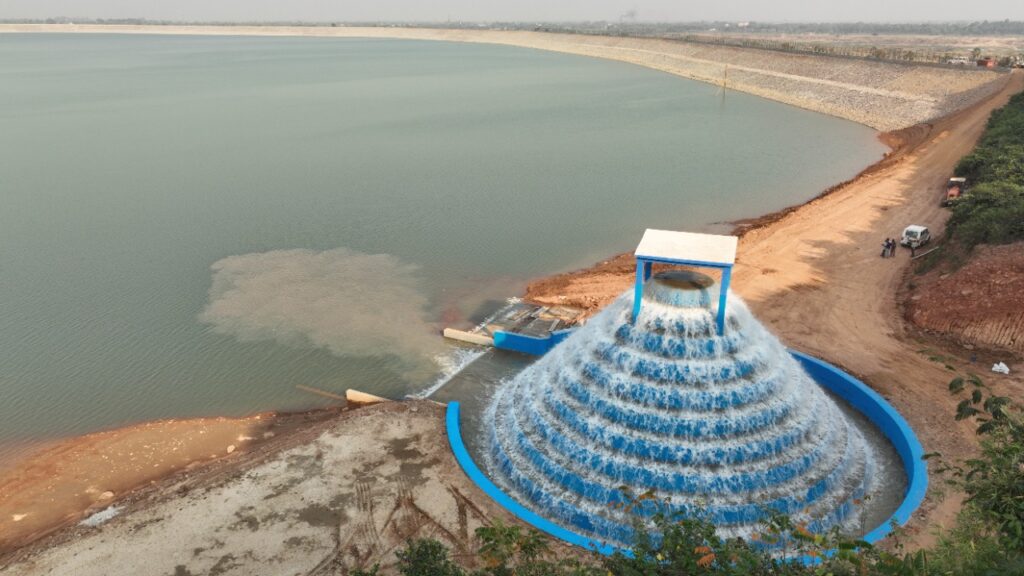
For transportation of water from Mokama to the destinations measured at 151 kilometres, mild steel pipelines (MSP) of different measurements have been laid down. Ganga water is now being distributed as drinking water in three cities – Gaya, Bodhgaya and Rajgir – and each of them has a treatment plant and distribution network.
ENSURED WATER SUPPLY TILL 2051
Most significant benefit being reaped by the scheme is improvement in the water table of these areas. These places used to face severe water scarcity every year due to their geographical location and depleting ground water level issues.
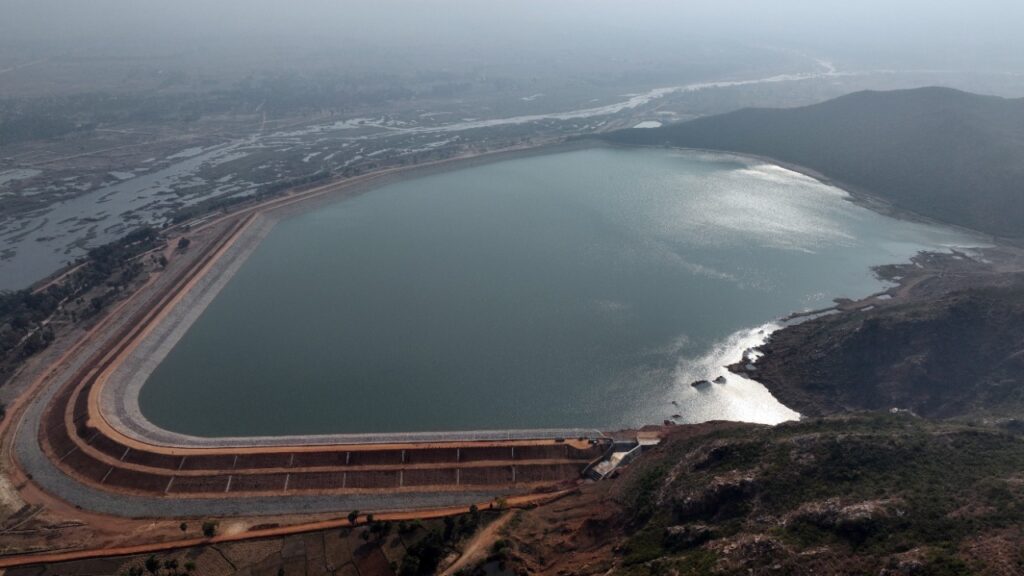
Highlighting the longevity of the project Mr. Agarwal added, “The Ganga Jal Aapurti Yojna is implemented by keeping in mind the future population of these areas till year 2051. Proper maintenance arrangements have been made for that.”
The project has solved two issues simultaneously. It now keeps the north Bihar safe from massive annual flood and also provides water supply to the draught prone areas of South Bihar. Schemes like Ganga Jal Aapurti Yojna serve as a model of sustainable ecological management and can be significant for water-stressed regions in India.


